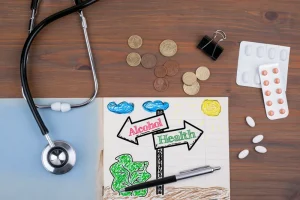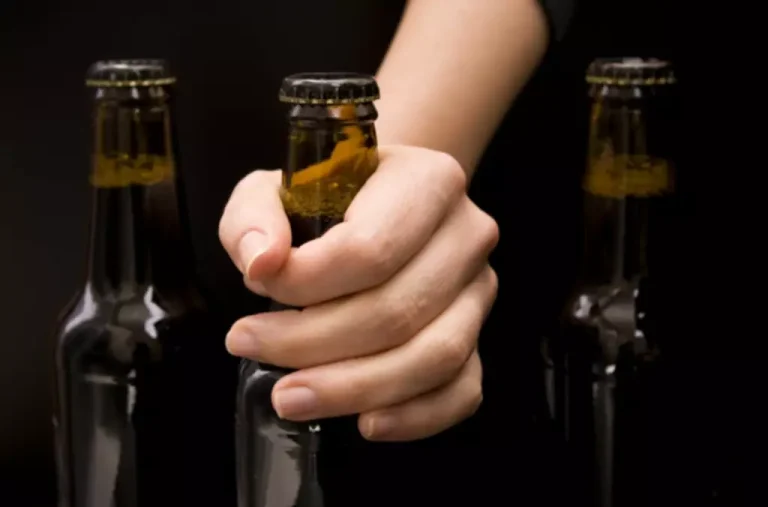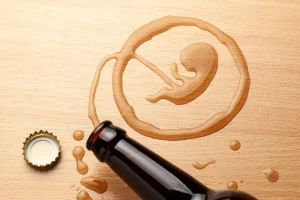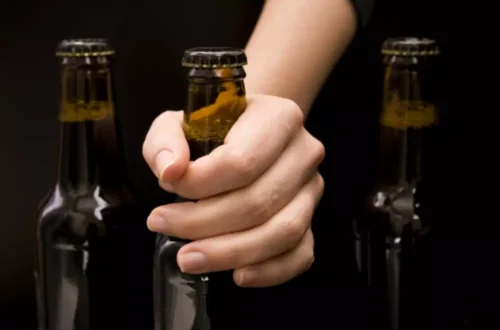
Since then, it has transformed from a drug that was freely available without prescription as a panacea for a broad range of disorders into a highly restricted Controlled Drug with therapeutic applications restricted to attention deficit hyperactivity disorder (ADHD) and narcolepsy. This review describes the relationship between chemical structure and pharmacology of amphetamine and its congeners. Amphetamine’s diverse pharmacological actions translate not only into therapeutic efficacy, but also into the production of adverse events and liability for recreational abuse.
Effects of Amphetamine Addiction on the Body
We found no effect for mirtazapine on adherence to treatment, general condition, amphetamine withdrawal symptoms, or cravings. However, this result was based on data of one study (Cruickshank 2008), as the mirtazapine study by Kongsakon 2005 met criteria for inclusion, but their data could not be included due to differences in study methodology. In summary, there are currently Amphetamine Addiction no available medications that have been demonstrated to be effective in the treatment of amphetamine withdrawal. Symptoms of amphetamine withdrawal during the initial days of abstinence from chronic amphetamine use can prompt individuals to return to regular drug use. No medications demonstrate significant effects over placebo in reducing symptoms of acute amphetamine withdrawal. Amphetamines can make people feel more alert, and are prescribed for problems like depression and attention deficit order.

Do amphetamines cause withdrawal symptoms?
Taking some drugs can be particularly risky, especially if you take high doses or combine them with other drugs or alcohol. It may be done by family and friends in consultation with a health care provider or mental health professional such as a licensed alcohol and drug counselor, or directed by an intervention professional. It involves family and friends and sometimes co-workers, clergy or others who care about the person struggling with addiction. The sooner you seek help, the greater your chances for a long-term recovery. Talk with your health care provider or see a mental health provider, such as a doctor who specializes in addiction medicine or addiction psychiatry, or a licensed alcohol and drug counselor.
Results of Individual Studies
However, using long-term behavioral interventions with pharmacological treatments has several important operational barriers to implementation 7. Firstly, such behavioural interventions remain unaffordable for most patients 8. Secondly, most long-term behavioural interventions need intensive staff training and/or client supervision 8. Finally, the accessibility of such treatments remains difficult for a large proportion of patients in the community 8. Therefore, brief cognitive-behavioural therapy (BCBT) has been introduced by Baker and colleagues for treating amphetamines abuse/use disorder to overcome these operational barriers to implementation 9. Pharmacological treatments combined with BCBT remain cost-effective for drug treatment systems, due to the limited number of treatment sessions and the efficacy of use 9.
- Amphetamines impair the cognitive thought process and subsequently precede acute psychosis.
- Four studies, involving 125 participants, met the inclusion criteria for this review (seeCharacteristics of included studies).
Why it is important to do this review
- Symptoms of amphetamine withdrawal are time limited, with most resolving in a week.
- The 3-D structures of the catecholamines and amphetamine molecules reveal the long planar conformation that is common to all of these compounds.
- However, neither diagnostic tool differentiates between AMPH/MA and other non-cocaine stimulant SUDs; while the 11th Revision of the ICD narrows the definition to “stimulant dependence including amphetamines, methamphetamine or methcathinone” 9.
- It’s even possible to develop a use disorder if you take amphetamines according to your doctor’s directions.
- The monoamine transporters are not particularly selective in terms of which monoamines they transport, and this lack of selectivity is explained by the close structural similarity between them (Figure 1).
Participants in the Kongsakon 2005 study were detainees from a probation facility who were diagnosed with amphetamine dependence by DSM‐IV criteria. All the participants in this study were males and had an average age of 24.3 years. Participants in the Cruickshank 2008 study were those that met DSM‐IV criteria for amphetamine dependence, reported using amphetamine or methamphetamine within the last 72 hours, and were recruited from two drug and alcohol out‐patient clinics. Two Iranian studies reviewed examined opioid agonists, one buprenorphine 57 and one buprenorphine and methadone 24. Both studies were in MA-dependent inpatient males with no co-occurring substance use disorder. The second study examined buprenorphine (8 mg SL OD) versus methadone (40 mg po OD) over 17 days, with 20 participants in each study arm.
Medications that should be considered for evaluation in future clinical trials include those that increase dopamine, norepinephrine and/or serotonin activities of the brain. Naturalistic studies of amphetamine withdrawal symptoms and course are also crucial for the development of study designs appropriate for further treatment studies of amphetamine withdrawal. There was no difference in MA use by UDS in the treatment arm compared with placebo in the extended-release studies 29, 56. A study of atomoxetine (80 mg po OD), a selective norepinephrine (noradrenaline) reuptake inhibitor (SNRI), randomised 69 opioid and ATS-dependent participants to 16 weeks of treatment, assessing ATS use as the primary outcome 58.

Treatment algorithm
- The treatment helped 13.4% of patients with their addiction, compared with 2.5% of the placebo group.
- Drug addiction, also called substance use disorder, is a disease that affects a person’s brain and behavior and leads to an inability to control the use of a legal or illegal drug or medicine.
- As with similar stimulants, methamphetamine is most often used in a “binge and crash” pattern.
A person should make sure that they take their prescription drugs as their doctor instructs and read any leaflet information to check for potential interactions with alcohol and other drugs. A person should only take medication that a doctor prescribes for them and should store their medications safely. Prescription drug monitoring programs track the prescribing and dispensing of controlled medications to people.

This fact, along with the perception that d-amphetamine is much safer than the more potent and enduring stimulant methamphetamine, which is now widely abused, has resulted in a more relaxed attitude of physicians in the USA to the prescribing of d-amphetamine. Luckily, for reasons that are obscure, the recreational abuse methamphetamine has never really caught on in Europe, and almost all illegal use of the amphetamines is confined to d-amphetamine as the sulphate salt. This systematic review revealed that participant engagement in treatment was high, abstinence from amphetamines was substantial and improvements in the social and health conditions of the participants were considerable. Furthermore, no harm was reported by patients who received pharmacological treatments or BCBT alone or combined. However, assessments of amphetamines abuse were largely based on self-report. Nevertheless, studies have indicated that the self-report of drug-related problems is reliable, as long as participation is voluntary and results remain confidential 27.
- A person should make sure that they take their prescription drugs as their doctor instructs and read any leaflet information to check for potential interactions with alcohol and other drugs.
- This result shows that the subjective effects of lisdexamfetamine were not enhanced when the drug was given intravenously.
- Of the four studies that met the inclusion criteria, two studies compared amineptine with placebo (Jittiwutikan 1997; Srisurapanont 1999b) and two studies compared mirtazapine with placebo (Kongsakon 2005; Cruickshank 2008).
- Persian was selected as another language for the inclusion of the abstracts and papers in this study, especially for searching in Iranian journals databases.
If a person suspects that they may have a drug misuse problem, then they should consult a medical professional. It is important for people to remember that they do not need to feel embarrassed about seeking help. Because of this, a person living with addiction is not “weak” or “lacking in willpower.” A person can manage this chronic, progressive health condition with appropriate treatment, just as people can manage many other health conditions. These changes to the brain mean that a person may always be at risk of using a substance again, even if they have not used it for a long time. An individual’s brain chemistry changes during regular misuse of a substance or activity. The brain’s reward circuit changes, reducing a person’s ability to exercise self-control and leading to strong urges to continue.
Leave a Reply